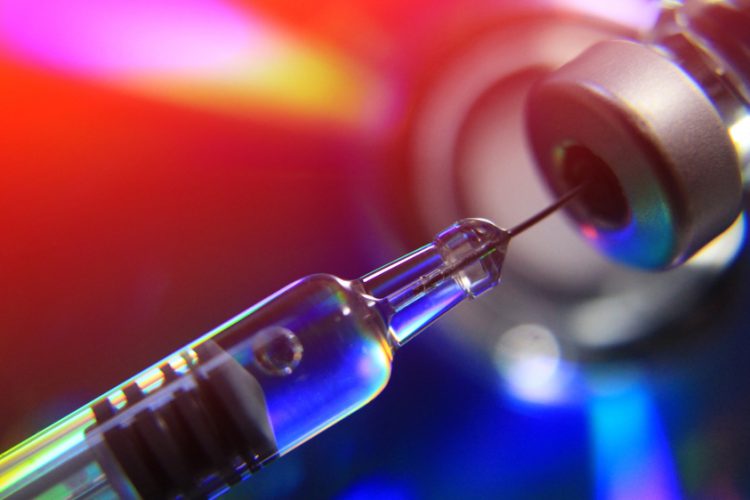Cell-free protein synthesis could enable decentralised conjugate vaccine production
Researchers have developed a novel platform technology, iVAX, that could enable the decentralised bioproduction of conjugate vaccines and enhance vaccination rates in developing nations.
According to the developers, iVAX – a modular technology for in vitro conjugate vaccine expression – is portable and could overcome the challenges of ensuring cold-chain supply of conjugate vaccine products by enabling the decentralised biomanufacturing of clinically relevant doses of conjugate vaccines against bacterial pathogens.
Antimicrobial resistant bacteria are a growing threat that some have warned could be the cause of the next pandemic. Conjugate vaccines, typically consisting of a pathogen-specific capsular (CPS) or O-antigen polysaccharide (O-PS) linked to an immunostimulatory protein carrier, are commonly used to prevent bacterial infections. However, despite their safety and efficacy, global childhood vaccination rates for conjugate vaccines are approximately 30 percent, in part due to limited access to vaccines; and this lack of vaccination is thought to be responsible for the majority of the remaining disease burden.
One of the factors confounding access is that conjugate vaccines are typically produced in a centralised fashion and require cold chain distribution to ensure they remain stable and safe for use. To overcome this, Stark et al. developed iVAX, which uses portable freeze-dried lysates from detoxified, non-pathogenic Escherichia coli to synthesis clinically relevant doses of conjugate vaccines against diverse bacterial pathogens in one hour after reconstitution.
In their study published in Biotechnology Journal, they describe the cell-free protein synthesis (CFPS) iVAX system. CFPS technologies have a number of key advantages over traditional cell-based bioproduction systems, according to the authors, since they “enable point-of-care protein production”, “can be freeze-dried for distribution at ambient temperature and reconstituted by just adding water”, and “circumvent biosafety concerns associated with the use of living cells outside of a controlled laboratory setting”.
In the study, they demonstrated the various benefits of the iVAX platform:
- That it can produce a diverse range of vaccines because the carrier proteins and bacterial O-PS antigens can be interchanged – in the study they synthesised vaccines against Francisella tularensistularensis (type A) strain Schu S4, enterotoxigenic (ETEC) E. coli O78, and uropathogenic (UPEC) E. coli O7. The authors wrote: “The modularity of iVAX has the potential to enable rapid development of conjugate vaccines against diverse bacteria as well as multiple serotypes of a single bacterial pathogen that can be co-formulated to yield multivalent conjugate vaccines.”
- The doses produced are relatively inexpensive – iVAX reactions costed $12 per ml and could synthesise approximately 20μg conjugate per ml in an hour, therefore a 10μg dose would cost approximately $6, compared to commercially available vaccines ranging from $9.50 to $118 per dose.
- Vaccines produced using iVAX elicited higher titers of specific IgGs in mice, suggesting they may be more effective than doses produced by protein glycan coupling technology (PGCT), a cell-based system for conjugate vaccine production.
The authors concluded that “iVAX represents a platform technology for rapid development and on-demand, cold chain–independent biomanufacturing of conjugate vaccines” and added that it is the first study, to their knowledge, that demonstrates efficacious glycoprotein product synthesis in a decentralised manufacturing platform. “Overall, the iVAX platform offers a new way to deliver the protective benefits of an important class of antibacterial vaccines to both the developed and developing world.”











is it the correct journal that is linked?
Hi,
Thanks for bringing this to our attention – the link has been corrected and updated.